To provide the best experiences, we use technologies like cookies to store and/or access device information. Consenting to these technologies will allow us to process data such as browsing behaviour or unique IDs on this site. Not consenting or withdrawing consent, may adversely affect certain features and functions.
The technical storage or access is strictly necessary for the legitimate purpose of enabling the use of a specific service explicitly requested by the subscriber or user, or for the sole purpose of carrying out the transmission of a communication over an electronic communications network.
The technical storage or access is necessary for the legitimate purpose of storing preferences that are not requested by the subscriber or user.
The technical storage or access that is used exclusively for statistical purposes.
The technical storage or access that is used exclusively for anonymous statistical purposes. Without a subpoena, voluntary compliance on the part of your Internet Service Provider, or additional records from a third party, information stored or retrieved for this purpose alone cannot usually be used to identify you.
The technical storage or access is required to create user profiles to send advertising, or to track the user on a website or across several websites for similar marketing purposes.
 Productivity in the office is a big thing, as the more productive employees are, the more successful the business will be as a result. While most people go through peaks and troughs of productivity during their working life, it’s important for employers to give it their all when it comes to trying to keep the workforce as productive as possible. Therefore, many have come up with ways to make this happen.
Productivity in the office is a big thing, as the more productive employees are, the more successful the business will be as a result. While most people go through peaks and troughs of productivity during their working life, it’s important for employers to give it their all when it comes to trying to keep the workforce as productive as possible. Therefore, many have come up with ways to make this happen.





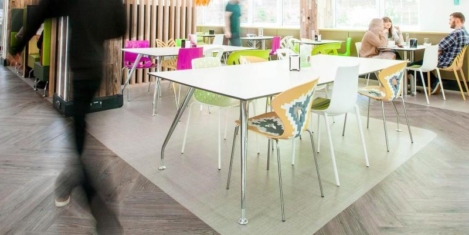


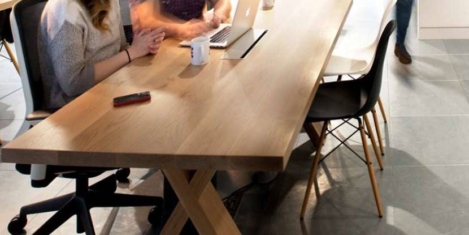

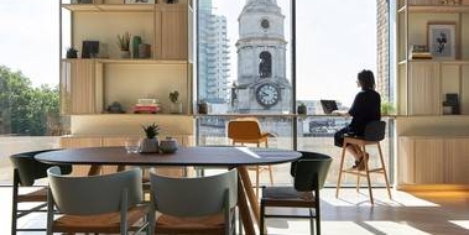
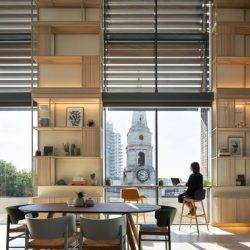


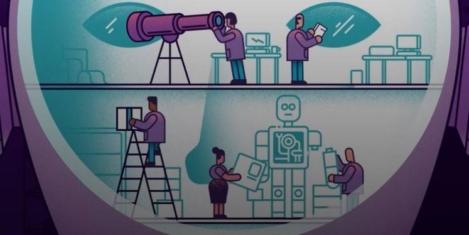
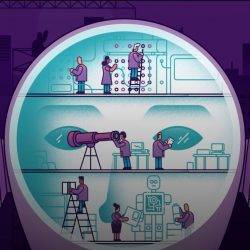
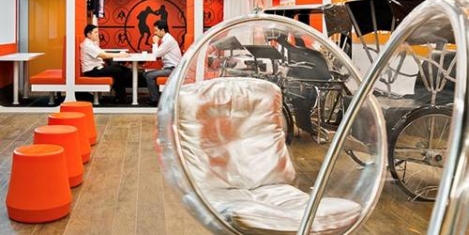

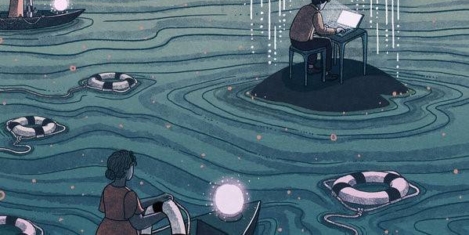

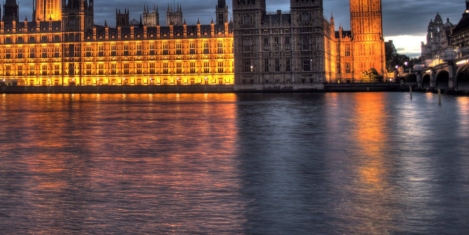
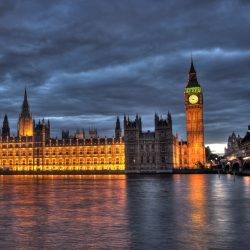
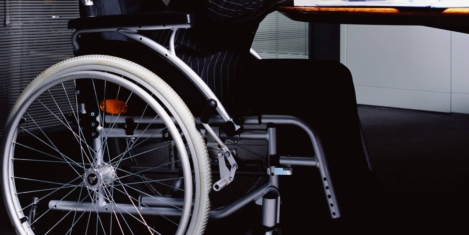







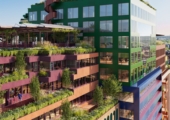
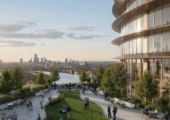

April 24, 2019
The meteor strike of coworking and the beasts that will remain
by Mark Eltringham • Comment, Flexible working, Property, Workplace design
(more…)